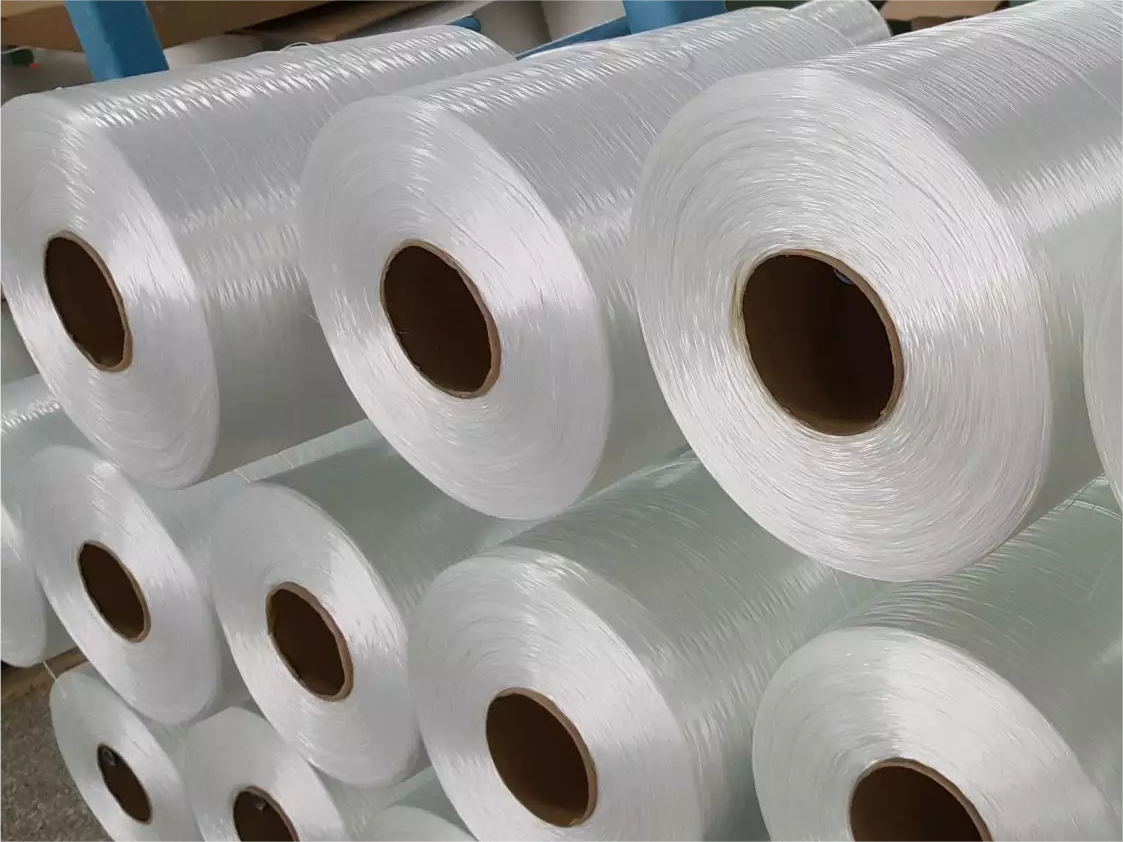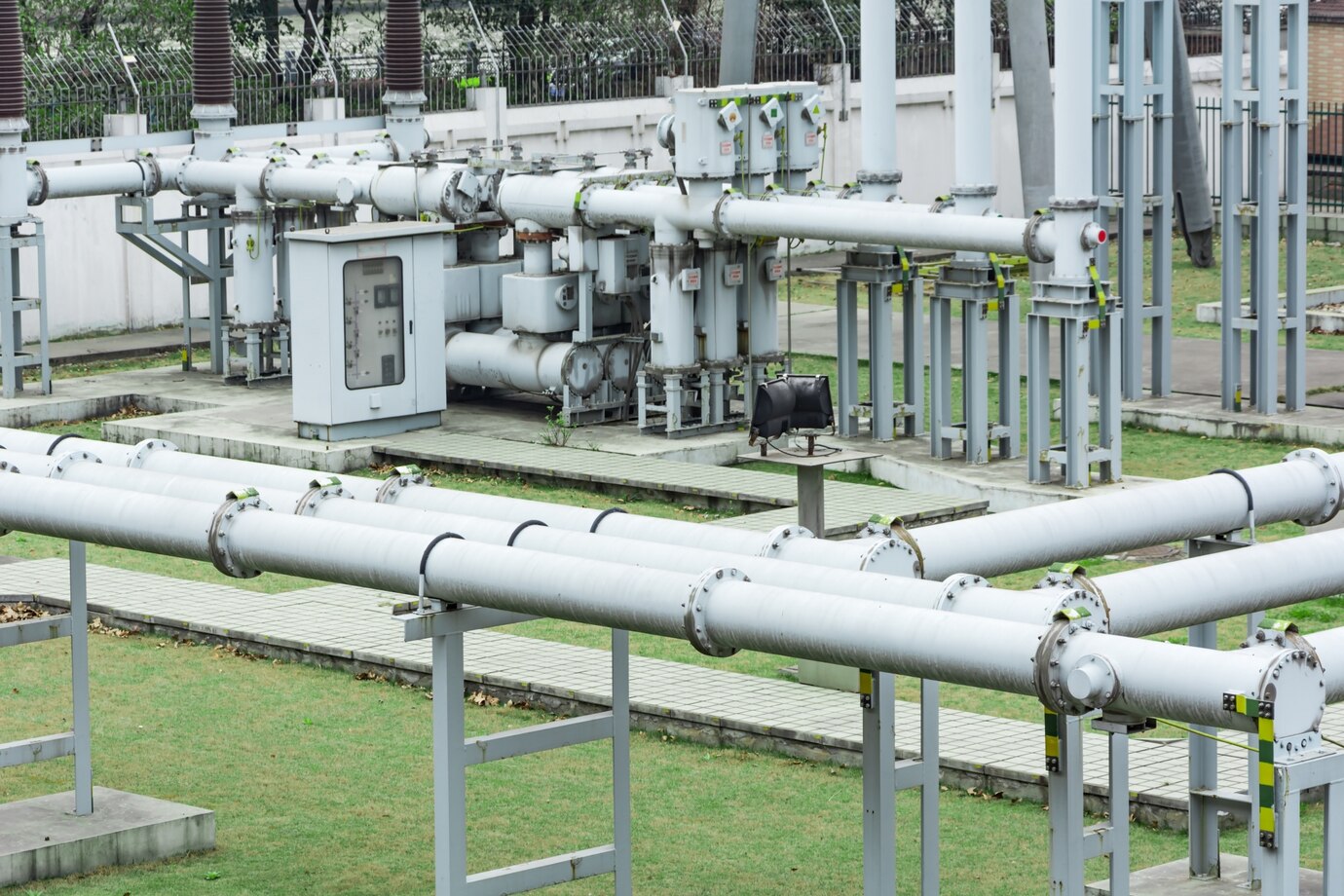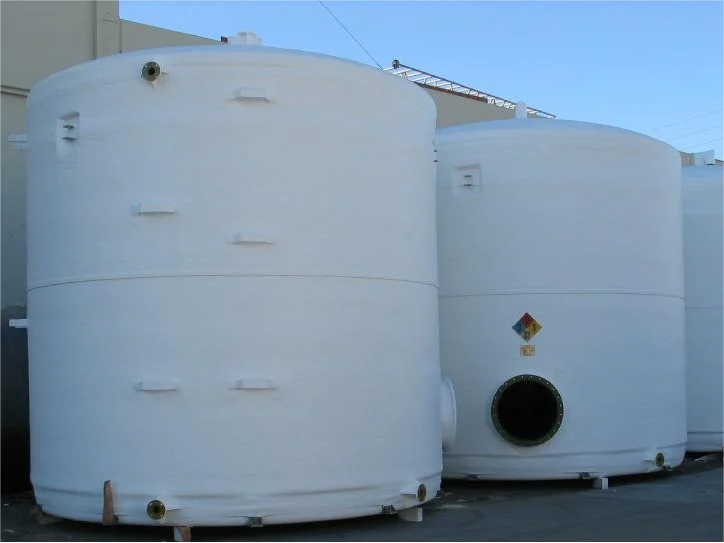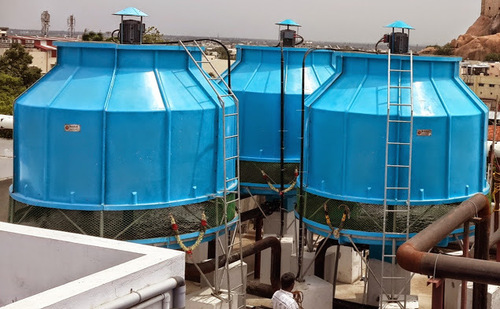【Market observation】2023 analysis report on the status quo of the global composites industry (2): composite materials for aviation
1.0 Summary
In order to facilitate industry insiders to understand the status quo of the global composites industry in recent years, especially in 2022, this website has launched a series of analysis reports on the status quo of the global composites industry in 2023. Continuing from the previous article, this issue will briefly summarize the current status of the global composite materials industry in the aviation field in 2022.
2.0 Mixed fortunes for the airline industry
Overall, the global aerospace market is mostly in very positive territory, which is good news. But the bad news is that industry output has become decoupled from market health due to supply chain disruptions. As a result, deliveries resumed much slower than expected.
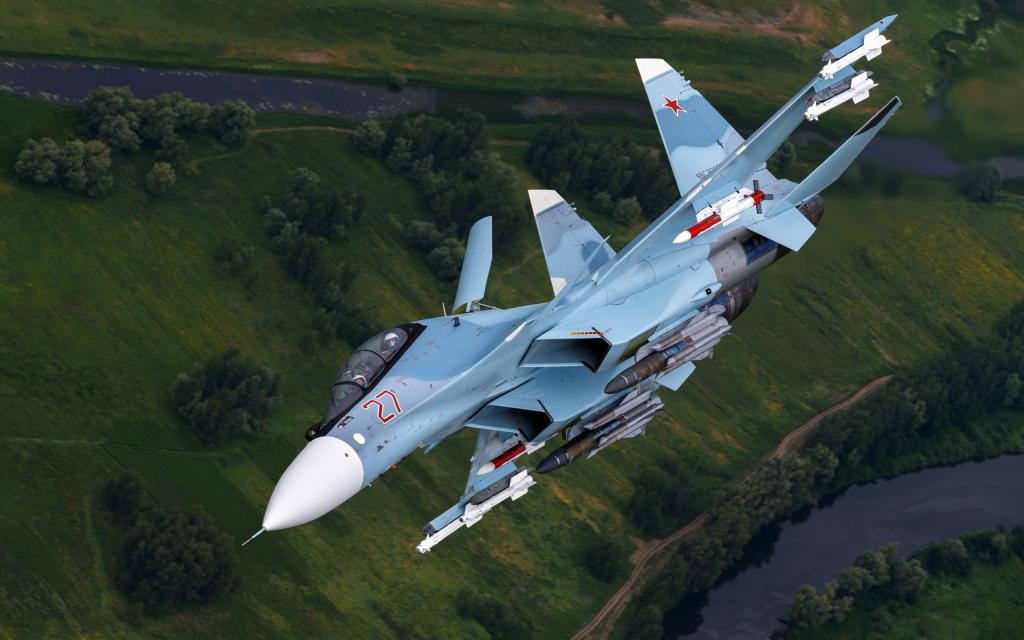
The first is the market, with global defense spending reaching high levels in 2021, surpassing $2 trillion for the first time due to the war between Russia/Ukraine and ongoing tensions in the Western Pacific. It is expected to grow by 5% per year, although inflation complicates purchasing power. The combat aircraft market is in particularly good shape, as major powers need to retool their militaries to take on peer adversaries rather than counterinsurgency operations and low-intensity warfare.
Single-aisle commercial aircraft is the largest civilian segment and demand is quite strong. The jets primarily serve the domestic market, and markets outside China have returned to 2019 levels. Domestic routes are a commodity service, and airlines basically have no pricing power. Thus, a domestic service economy depends on cost containment. When fuel is $100/barrel, if an airline has an Airbus A320Neo or a Boeing 737 MAX and its competitors don’t, an airline with modern jets can beat the competition on price and profit. So single-aisle also benefit from relatively high fuel prices.
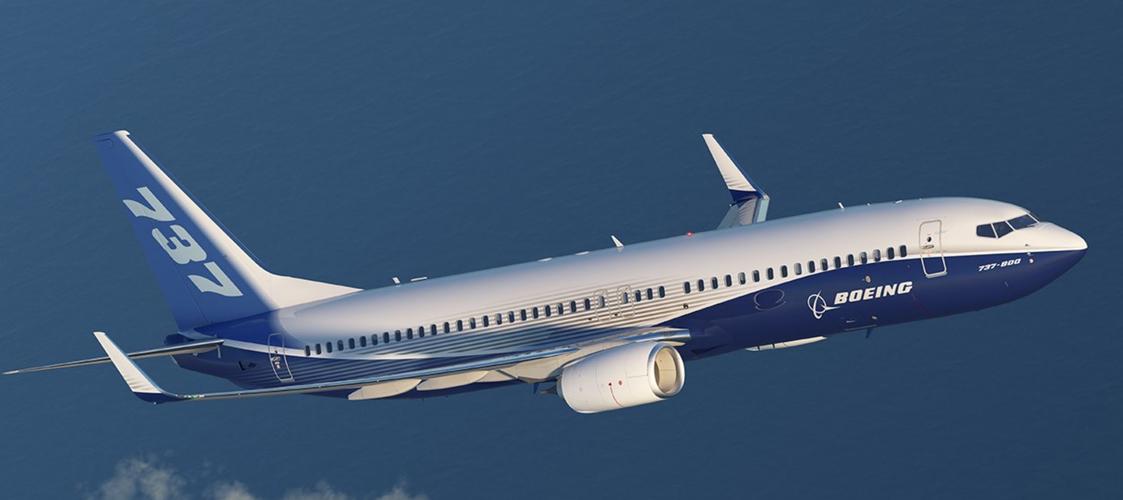
Most other civilian sectors are also fairly strong. Utilization of business jets has been high, while the availability of pre-owned aircraft has been very low. The backlog is quite high, indicators are above 2019 levels, and production is also roughly at 2019 levels.
The only aerospace market that can be called weak is twin-aisle jetliners. The new crown pneumonia epidemic was the first, most and longest to affect international traffic. This created a dreaded dual-channel overcapacity situation. The growing role of third-party financing has exacerbated the problem of dual aisles, as lessors and other financiers are more inclined to finance single aisles, largely because their customer base is much larger. At the same time, the increasing capabilities of new single-aisle aircraft (again, the A320neo and 737 MAX) make them an alternative to twin-aisle aircraft on medium and long-haul international routes, especially on both sides of the Atlantic.
Unfortunately, these twin-aisle jetliners are the most composite-intensive civilian aircraft, so the composites industry is particularly dependent on output from military aircraft. Here, F-35 production continues to grow slowly, reaching 156 per year over the next few years. It will be followed by Northrop’s B-21 Raider stealth bomber, which is due to enter production, and the Air Force’s Next Generation Air Superiority combat aircraft program, which is due to enter production by the end of the decade.
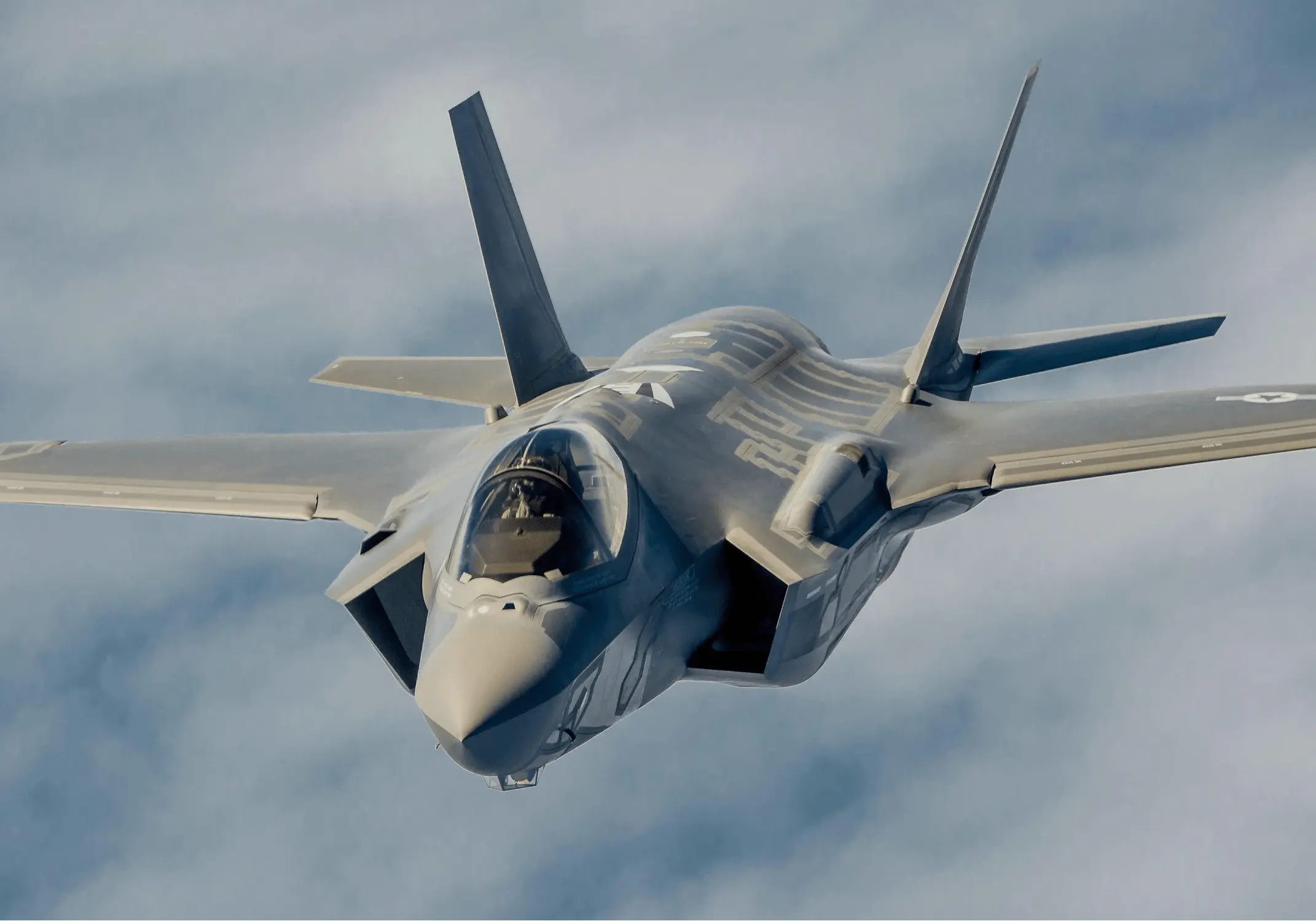
However, due to all these civilian and military projects, production targets were not met in all markets. The problem is most acute in jet engine production systems, where castings and forgings are a serious bottleneck. Much of this is titanium, and the war-induced interruption of Russian titanium supplies — voluntary by Western companies because Russia failed to take steps to stem exports — exacerbated pre-existing supply problems.
In addition, a large part of the problem comes down to labor. A tight labor market, coupled with the fact that the economy has just experienced its first recovery, commercial aviation is relatively late compared to other industries and therefore late to hire, leading to major delays.
The civil and military aviation markets remain strong, with production delays forcing some discipline from aircraft manufacturers. Therefore, there is a good chance that this sector of the economy will benefit from a cooling in other sectors, reducing production costs and freeing up labor. That means relatively modest growth over the next 18 to 24 months, with decent growth and low inflation.
【Reference link】https://mp.weixin.qq.com/s/qEwEVBQgNQo7OqGdEMd2jw
ZBREHON your one-stop composite material problem solving expert
Choose ZBREHON, choose professional
Website: www.zbrehoncf.com
E-mail:
Tel:
< href="tel:+8615001978695">+8615001978695


